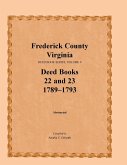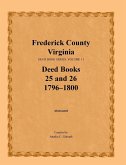The town of Portsmouth was established in 1752 on land owned by Colonel William Craford. Colonel Craford hired a surveyor, Gershom Nimmo, to divide the sixty-five acres of his plantation into a town to be called Portsmouth, which was named after the seacoast town in England. The town initially had no public place in which to bury the dead-only various church yards or private plots in gardens. In 1832, the legislature of the State of Virginia authorized the town trustee of Portsmouth to forbid the burial of the dead within the city limits. Thus, the first public cemetery established was Cedar Grove; it was purchased in 1833. The cost to own a grave site in 1833 was $8.00 for residents and $10.00 for nonresidents. The first keeper of the cemetery was the town sergeant who was paid $50.00 a year for his services. Cedar Grove Cemetery is located west of Effingham Street, which was outside the city limits in 1832. Plot book records contained in this book include information on the owner and specific location of the burial plot, date of burial, death date, age at death, and relatives of the deceased in some cases.








